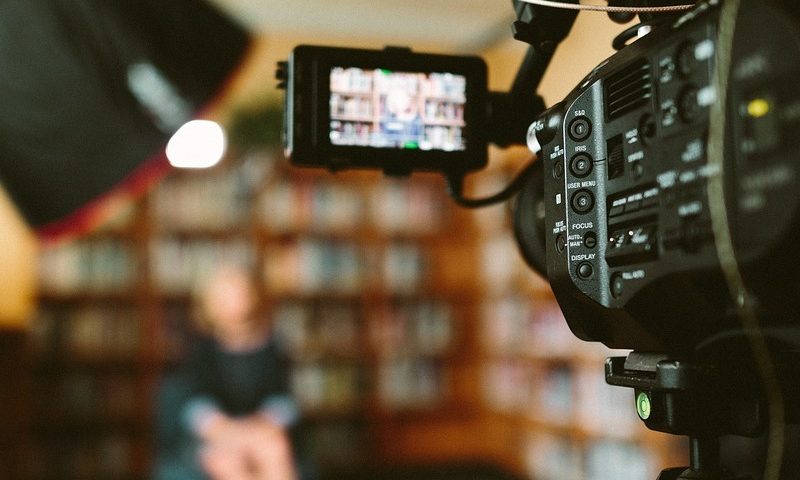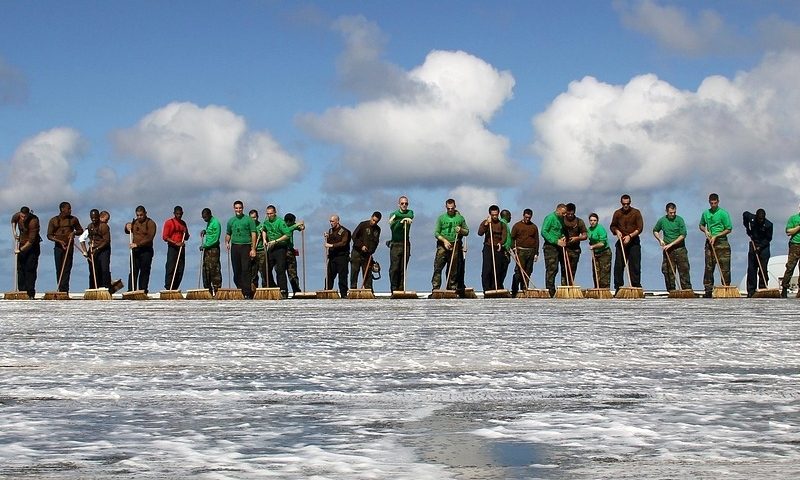How To Not Be Trashy
[fusion_builder_container hundred_percent=”no” equal_height_columns=”no” menu_anchor=”” hide_on_mobile=”small-visibility,medium-visibility,large-visibility” class=”” id=”” background_color=”” background_image=”” background_position=”center center” background_repeat=”no-repeat” fade=”no” background_parallax=”none” parallax_speed=”0.3″ video_mp4=”” video_webm=”” video_ogv=”” video_url=”” video_aspect_ratio=”16:9″ video_loop=”yes” video_mute=”yes” overlay_color=”” video_preview_image=”” border_size=”” border_color=”” border_style=”solid” padding_top=”” padding_bottom=”” padding_left=”” padding_right=””][fusion_builder_row][fusion_builder_column type=”1_1″ layout=”1_1″ background_position=”left top” background_color=”” border_size=”” border_color=”” border_style=”solid” border_position=”all” spacing=”yes” background_image=”” background_repeat=”no-repeat” padding_top=”” padding_right=”” padding_bottom=”” padding_left=”” margin_top=”0px” margin_bottom=”0px” class=”” id=”” animation_type=”” animation_speed=”0.3″ animation_direction=”left” hide_on_mobile=”small-visibility,medium-visibility,large-visibility” center_content=”no” last=”no” min_height=”” hover_type=”none” link=””][fusion_text columns=”” column_min_width=”” column_spacing=”” rule_style=”default” rule_size=”” rule_color=”” hide_on_mobile=”small-visibility,medium-visibility,large-visibility” class=”” id=”” animation_type=”” animation_direction=”left” animation_speed=”0.3″ animation_offset=””]
DRIVING QUESTION:
How can we practice sustainable living in our daily lives?
[/fusion_text][fusion_text columns=”” column_min_width=”” column_spacing=”” rule_style=”default” rule_size=”” rule_color=”” hide_on_mobile=”small-visibility,medium-visibility,large-visibility” class=”” id=”” animation_type=”” animation_direction=”left” animation_speed=”0.3″ animation_offset=””]
PROJECT DESCRIPTION:
We live in a culture of waste. We take more than we need and throw out more than we use. We have become complacent to our excess. The goal of this project is to have students encounter their own unconscious attitudes towards waste, and examine the local and global impacts of this attitude on the environment and the economy.
Students will begin the unit with an eye-opening experience in traveling to the Vancouver Waste-to-Energy plant. In seeing the amount of garbage produced in a short time in one part of one minor (globally speaking) city, students will see begin to see the problem that exists.
A debrief of this experience will have students examine how they contribute to this problem. Discussion will begin to centre around how we can be part of the solution (sustainability). A guest speaker passionate about sustainable living will be brought in to talk about the WHY and HOW of sustainability. Students will begin to informally brainstorm changes they might make. The issue of waste will be further brought home through an activity of “garbage dissection,” where bags of garbage from our school will be opened up and sorted into “compostable,” “recyclable,” and “trash.” This will further incite discussion and research into the question of “what is recyclable” and even further, “what makes some plastics recyclable and others not.” At this point, students will formally choose a practice they can adopt for the next month in their homes to reduce their carbon footprint. The website/blog portion of the project is introduced.
Students will create a website that contains an “About” page that outlines what their practice is (reducing water/electricity/plastic consumption) and how they plan to measure it (how will they know they are successful). Each week for the next month, students will complete a blog entry that will outline their successes/struggles in this area. The first two entries will be formative assessment, while the latter two will provide summative assessment. Students will be required to also comment on two other classmates’ reflections. Students will be given class time to write blog entries and comments. Further, class time will be given for students to examine case studies that will connect issues of economics and sustainability (climate change impacts in the third world; plastic island; outsourcing our garbage.)
Finally, the project will culminate in a final reflection where students will outline what they learned throughout the month, and whether or not this is a practice they will continue.
[/fusion_text][fusion_text columns=”” column_min_width=”” column_spacing=”” rule_style=”default” rule_size=”” rule_color=”” hide_on_mobile=”small-visibility,medium-visibility,large-visibility” class=”” id=”” animation_type=”” animation_direction=”left” animation_speed=”0.3″ animation_offset=””]
CONNECTIONS AND PERSPECTIVES:
As Christians, we are called to be stewards of the Earth, but also that we are to have dominion over the Earth and subdue it. How do we understand sustainability within this context? How can we connect to the biblical throughline of being “Earth Keepers.” How do we understand that the small, seemingly innocuous choices we make everyday are cumulative and have real consequences on a global scale?
[/fusion_text][/fusion_builder_column][/fusion_builder_row][/fusion_builder_container]




